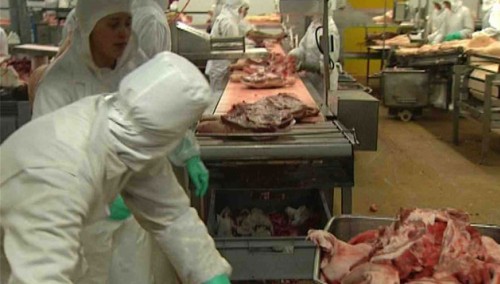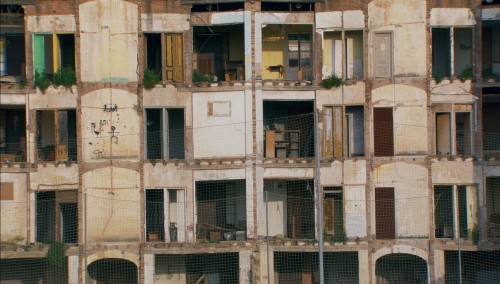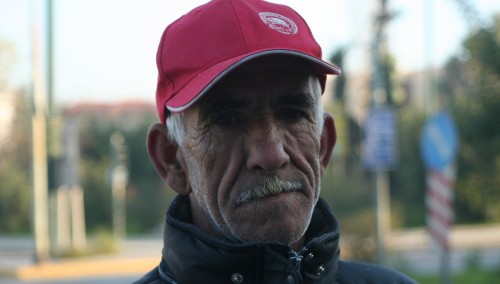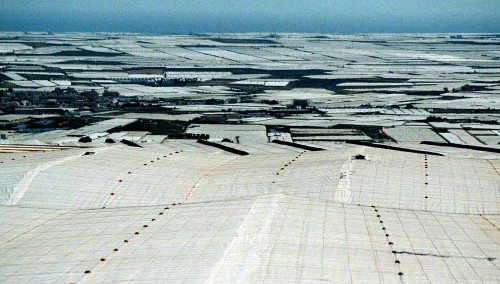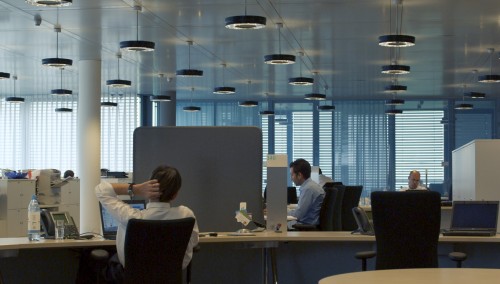Working Worlds 2012
Even if the visibility of factories in our cities, work on the conveyor belt, labor struggles and the resultant self-perception of a class may belong to a different era: striving for productivity, efficiency and optimization is not only the fundamental precondition for the existence and success of industrial societies, but even more so for service societies. The fact that workers streaming into and out of factories have become a rare sight at least in E urope does not at all mean that this work has disappeared or that the optimized procedures of depersonalized labor are not to be found just as well in front of computer screens and in conference rooms.
Five films arch from the external to the internal conditions that make up this world of mass workplaces in the 21st century, places that have truly divested themselves of all romantic notions. It is a striving that is already to be called manic, the devotion with which entire professions now seek to optimize work processes, how cleverly one deals with one’s employees as an indicator of success, and how all of that is subjected to one’s own eternal faith in growth. There are images of decadent mass production – from food to rubbish – of obscene wastefulness, destruction and deliberate (because legally permitted) exploitation.
In Work Hard – Play Hard, Carmen Losmann focuses on the wholly abstract maximization of corporate profit in her consideration of interior architecture in corporations, where employees are motivated to more “performance” in assessment centers and software is used to keep the corporation’s “human capital” under surveillance.
Similarly dissociated, the film essay Futures Market touches on the actual work as such only peripherally. Mercedes Alvarez goes primarily to where desires are to be aroused with objects and profit made with illusions: real estate and investment trade fairs, where buildings function solely as speculation surfaces, as a result of which entire districts in Spain are decaying, filled with dead write-off objects.
The transformation of landscapes through the sheer amount of production can also be appraised in San Agustin – Low Tide in the Plastic Sea. The largest contiguous area of fruit and vegetable plantations is located in Almería. It seems to stretch all the way to the horizon, like a single plastic tarp, but for the three filmmakers, this is only a marginal aspect. They approach the conjunctions of this “agriculture” in multiple chapters and through their protagonists. Doing this, they only first grasped the complex extents of their film subject in the course of shooting. In Staff Entrance Manuela Frésil also focuses primarily on the protagonists. O n this basis, she traces the completely dehumanized activities that are carried out in a meat factory.
Even further down, at the very last end of the chain of exploitation – or perhaps already at a new beginning – there are the seven protagonists of Raw Material. Christos Karakepelis filmed several metal collectors in Athens over a longer period of time, thus contributing the most topical film of the series.

